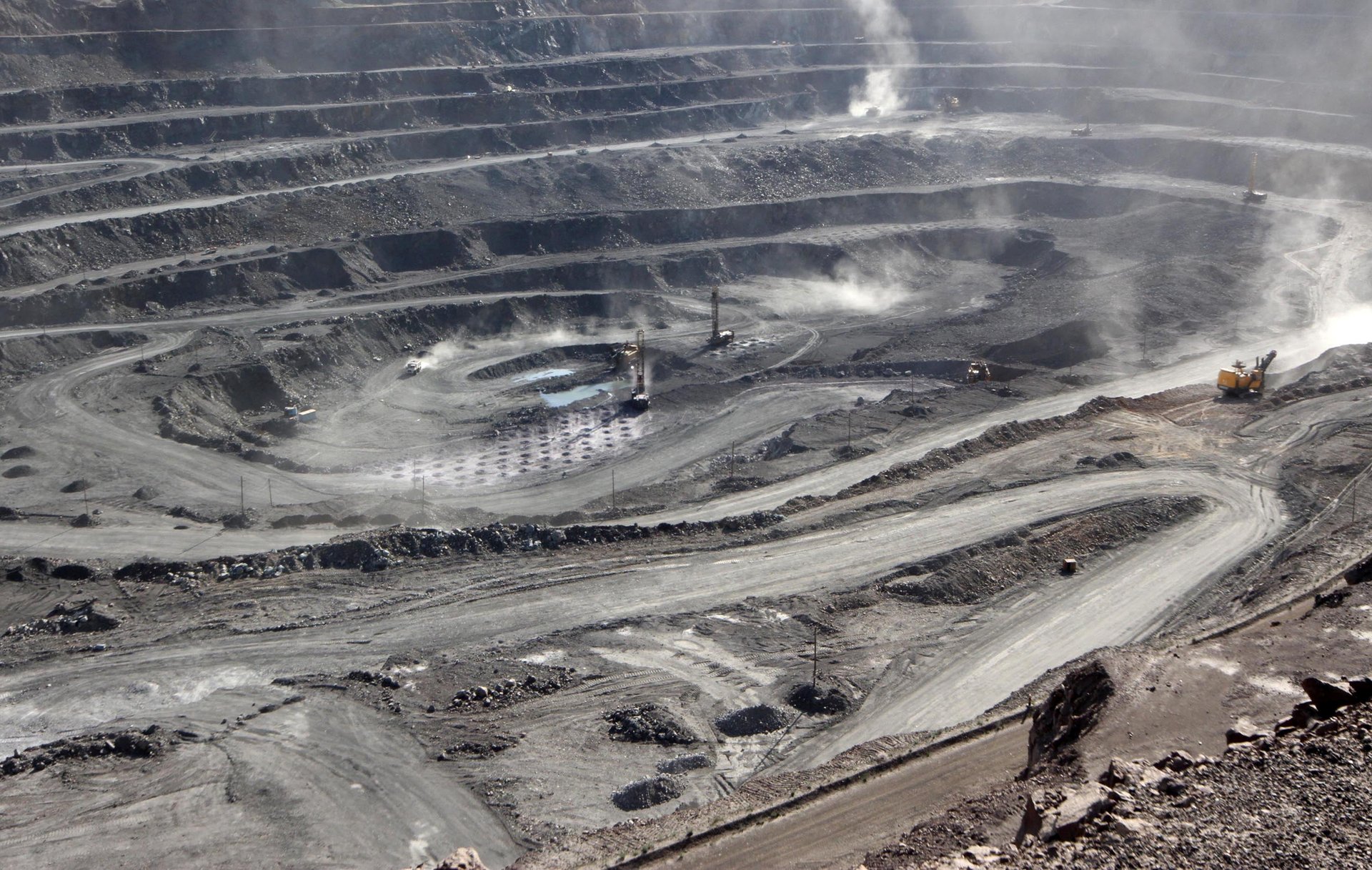How China built up its dominance in rare earths
China this week announced unspecified sanctions on US defense contractors Boeing, Lockheed Martin, and Raytheon. The state-run tabloid Global Times, however, tried to fill in the blanks. Quoting unidentified analysts, it reported that China could restrict the US’s access to rare earths in response to Washington’s latest arms sales to Taiwan, which Beijing claims as its own territory.


China this week announced unspecified sanctions on US defense contractors Boeing, Lockheed Martin, and Raytheon. The state-run tabloid Global Times, however, tried to fill in the blanks. Quoting unidentified analysts, it reported that China could restrict the US’s access to rare earths in response to Washington’s latest arms sales to Taiwan, which Beijing claims as its own territory.
If the threat of rare earths restrictions materializes, it would have echoes of 2010, when China slashed rare earth exports worldwide and entirely cut Japan off in an effort to pressure Tokyo to release a detained Chinese fishing trawler captain. The export restrictions caused a whiplash in global rare earths prices, which skyrocketed as people panicked and stockpiled inventories, only for prices to plunge when the speculative bubble popped.
The first thing to know about rare earths is that they are not actually all that rare. The group of 17 metals, however, are crucial for the manufacturing of items that power the global economy: smartphones, electric vehicles, military weapons systems, aircraft engines, wind turbines, and much more. Because of their uses in strategically important industries, rare earths have been referred to as “the new oil.” The moniker is not new: the former Chinese leader Deng Xiaoping said in 1992 that “the Middle East has oil, China has rare earths.”
🎧 For more intel on the global economy, listen to the Quartz Obsession podcast episode on rare earths. Or subscribe via: Apple Podcasts | Spotify | Google | Stitcher.
China is indeed richly endowed with these rare earths commodities, holding more than a third (pdf) of the world’s known reserves. But it’s in global rare earths mining production where China has a disproportionate share: a decade ago, it produced almost 98% of the world’s raw rare earths, though that has since slipped to around 63% as other countries began ramping up production to meet growing demand and limit their reliance on China.
Perhaps more important than China’s large share of total rare earths mining output is its dominance over the entire rare earths supply chain. Extracting the raw rare earth ores, such as bastnasite and monazite, is just the upstream part of the supply chain. Separated and processed rare earth oxides, metals, and alloys form the chain’s midstream, while the downstream consists of using these midstream products to manufacture things like magnets, batteries, and motors.
A combination of different state industrial policies over the decades helped China cement its rare earths dominance. To begin with, in the mid-1980s, the government offered rebates on export taxes to encourage the production and export of upstream ores and concentrates. Within a few years, so many rare earths producers—both legal and illegal—had entered the market that the surge in supply kept prices low even as demand increased.
The government dialed things back in the early 90s by restricting the number of mining licenses it issued. To spur development of the downstream sector, the state used targeted export quotas, shrinking quotas for unprocessed products while expanding them for processed ones. Later on, authorities also imposed export taxes on raw and less processed products, to incentivize firms to move up the chain and focus on manufacturing goods that contain rare earths. Massive state subsidies and consolidating the industry around six major state-owned firms have helped.
China is so dominant across the entirety of the rare earths supply chain that while the US has ramped up production since re-opening California’s Mountain Pass mine in 2018—currently the country’s only rare earths mine—it ships most of its rare earth concentrates to China for processing. As MP Materials, the company that owns the Mountain Pass mine has noted, “there are very few downstream rare earth refining plants of scale outside China.” Recognizing its vulnerable position, the US has set a goal of restoring the entire rare earths supply chain to American soil, but achieving that will likely take years.
But the top-down policies can also backfire. In 2014, China was forced to scrap its export restrictions after it lost its appeal at the World Trade Organization in a case against it by the US, EU, and Japan. Meanwhile, production quotas meant to keep prices high and limit environmental damage from mining are crimping the domestic industry, according to some rare earth producers (paywall), who say the restrictions have forced them to import supplies from the US and Myanmar. They complain that limits on production hinder economies of scale, while also making supplies unstable.
“One of the biggest lessons for China’s economic reform is state planning does more harm than good,” an executive at China Northern Rare Earth Group High-Tech, the country’s largest rare earths producer, told the Financial Times. “Rare earths are no exception.”